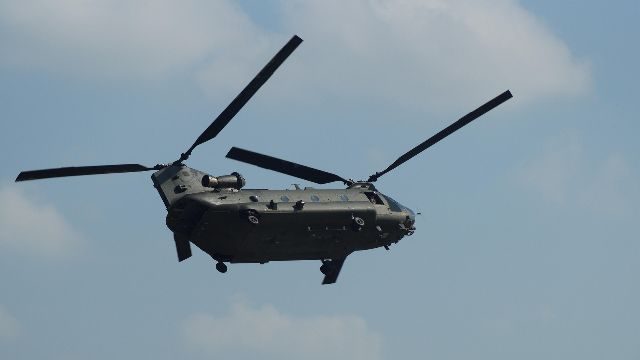Japan has decided to modernise its military by purchasing advanced CH-47J/JA Chinook helicopters. This significant move aims to strengthen Japan’s defense forces and improve their ability to handle challenges in tough environments. The contract was awarded to Kawasaki Heavy Industries (KHI) in December 2024.
What Japan is Buying
Under the deal, 12 CH-47JA helicopters will be built for the Japan Ground Self-Defense Force (JGSDF). Five more CH-47J helicopters will go to the Japan Air Self-Defense Force (JASDF). These helicopters are the latest Block II models, designed with better technology and stronger performance. The total cost is about $1.51 billion.
Why Chinook Helicopters are Important
Chinook helicopters are known for their ability to carry heavy loads over long distances. Japan has been using Chinooks since the late 1970s. These helicopters have proven essential for tasks like transporting troops, delivering supplies, and assisting in natural disasters.
The Block II version comes with upgraded engines, stronger airframes, and better avionics (electronics for navigation and control). These improvements make the helicopters more reliable and capable of handling tougher missions.
Key Features of the New Block II Chinooks
1. Powerful Engines
The Block II model has advanced Honeywell T55-GA-714A engines. These engines allow the helicopter to carry heavier loads and fly longer distances. They also perform better in mountainous and hot areas, where older helicopters might struggle.
2. Stronger and Lighter Design
The helicopter uses composite materials, making it lighter and more durable. These materials also resist rust and wear, which is important for operations in harsh environments.
3. Advanced Avionics
The new avionics systems improve navigation, communication, and mission planning. Pilots can handle challenging weather and complex tasks more easily. This makes the helicopter more effective in both military and humanitarian missions.
4. Larger Cargo Capacity
The Block II Chinook can carry up to 26,000 pounds of cargo inside and 31,000 pounds outside. This is ideal for moving supplies, equipment, or personnel to remote areas quickly.
How Japan Plans to Use These Helicopters
Japan faces regional tensions and natural disasters. The new Chinooks will help the military respond faster and more efficiently. They will transport troops and supplies to areas that are hard to reach, such as islands and mountains.
The helicopters will also play a key role in disaster relief. For example, they can carry food, water, and medical supplies to areas hit by earthquakes or tsunamis.
A Modern Helicopter for Modern Challenges
The Block II Chinook is built to handle modern military needs. It includes:
– Defensive Systems: The helicopter is equipped with technology to protect against missiles and other threats.
– Ergonomic Cockpit: Pilots have better controls and displays, making missions safer and more efficient.
– Easy Maintenance: The helicopter’s design allows for quick repairs, ensuring it stays operational even in remote areas.
Japan’s Long-Term Strategy
By investing in these advanced helicopters, Japan shows its commitment to modernising its defense. The partnership with Boeing and Kawasaki Heavy Industries ensures that much of the production happens in Japan. This supports local jobs and strengthens domestic production capabilities.
Why This Matters Globally
The CH-47 Chinook is already used by countries like the United States, Canada, and the United Kingdom. Japan’s adoption of the Block II model places it among the world’s top military forces using the latest technology.
The upgraded Chinooks will enhance Japan’s ability to tackle challenges, whether they are military threats or humanitarian crises. This purchase ensures that Japan’s defense forces remain strong, adaptable, and ready for the future.
In summary, the CH-47 Block II helicopters represent a big step forward for Japan’s military. With better engines, advanced systems, and stronger capabilities, these helicopters will help Japan face challenges at home and abroad with confidence.

